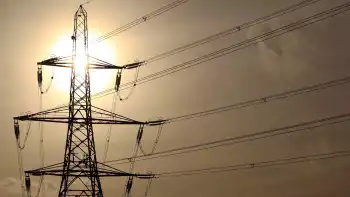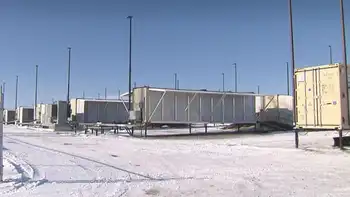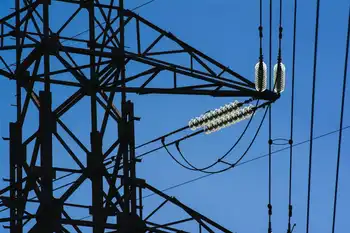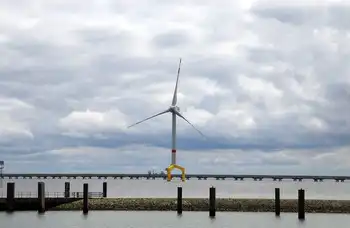We've only just begun planning energy future
By Dallas Morning News
Arc Flash Training CSA Z462 - Electrical Safety Essentials
Our customized live online or in‑person group training can be delivered to your staff at your location.

- Live Online
- 6 hours Instructor-led
- Group Training Available
What began as a power plant protest by the usual suspects – environmental groups – eventually gained steam and supporters from across the political spectrum. A broad coalition of leaders began pressuring the state to change its approach to energy and environmental regulations.
Then came news that private equity firms planned to purchase TXU and scrap proposals for eight coal-fired power plants.
While the buyout has brought encouraging developments and promises of clean energy, this bolt from the blue also has left some leaders at loose ends, wondering: What next? With TXU's building spree off the table, some opponents are even contemplating whether to simply declare victory and move on.
But in fact, much remains to be done.
A change at the top of TXU doesn't answer big-picture questions about how to keep the lights on while minimizing pollution. And even with eight plants off the table, the coal controversy continues. TXU's buyers propose building three lignite plants, and other utilities are seeking permits for at least five more coal units.
That's why we remain convinced that a temporary moratorium on coal plants is Texas' best bet for plotting long-term energy strategy.
Approving legislation halting the permitting process would give lawmakers and other stakeholders breathing room to develop a comprehensive plan focused on clean energy and air quality.
The state's piecemeal approach to regulating power and pollution has been exposed as insufficient. Accordingly, legislators still must summon the political will to revamp policies that have favored polluters over public health.
A short-term coal moratorium would not impede progress. Rather, the delay would facilitate a more forward-looking approach.
During this timeout, lawmakers and regulators should tackle a lengthy to-do list that includes:
• Studying the impact TXU's proposed lignite plants would have on air quality. Coal is the dirtiest of all fossil fuels, and lignite is the most pollution-intensive coal. The proposed plants are somewhat of a stopgap measure aimed at meeting short-term energy needs, but their Central Texas location is bad news for Austin's already polluted air. State regulators should consider the consequences of green-lighting lignite plants that could foul the air far into the future.
• Approving legislation that would close loopholes in environmental laws, require utilities to use the cleanest available technology and encourage energy efficiency. Dozens of bills, all variations on the themes of clean air and clean power, have been filed in Austin. Instead of responding to utilities' proposals after the fact, lawmakers should craft policies that anticipate our energy demands and consider how best to power the grid.
• Evaluating other states' best practices and adapting their ideas to our needs. Texas isn't plowing new ground as it wrestles with growing power needs and polluted air. Several other state governments have been out in front with blue-ribbon committees and big ideas about powering the future.
• Appointing a state energy team that will take the long view as it addresses power production and consumption. The current first-come, first-served approach to building power plants puts our air quality at risk. Texas needs a holistic strategy that encourages clean energy and ensures that public health is protected.
To be sure, TXU's willingness to abandon its fast-tracked plans for eight coal plants helped avert an immediate crisis. But larger issues still must be resolved. Enacting a temporary moratorium on coal plants would allow environmentally minded leaders time to finish what they started.











